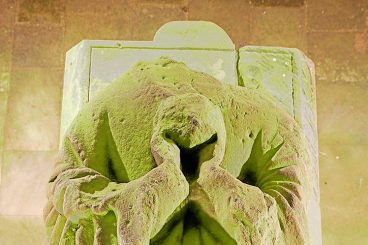Born and raised at Murraythwaite, Dalton, she went on to become a suffragette and early women doctor.
She had a special connection to HM Factory Gretna, having visited Eastriggs and Annan to talk to women electors in 1918 on behalf of her brother, who was standing for parliament.
Museum research assistant Laura Noakes said: “Another fascinating part of Flora’s story is the fact that she was in a committed relationship with Louisa Garrett Anderson. Louisa was a fellow doctor, and the niece of noted feminist Millicent Fawcett.
“Both women collaborated professionally—they co-founded the Women’s Hospital Corps in WWI and set up hospitals for wounded soldiers in both Paris and London. They also lived together from 1914 onwards, owned two terrier dogs, and wore matching diamond rings.”
Poignantly, Doctor Murray and Doctor Garrett Anderson also share a grave in Penn, Buckinghamshire. Their gravestone is inscribed with the words: ‘we have been gloriously happy.’
Laura added: “LGBTQ+ History Month is the perfect time to celebrate the extraordinary lives and love stories of Flora Murray and Louisa Garrett Anderson. We hope by sharing this we can play a small part in making LGBTQ+ history more known.”
























